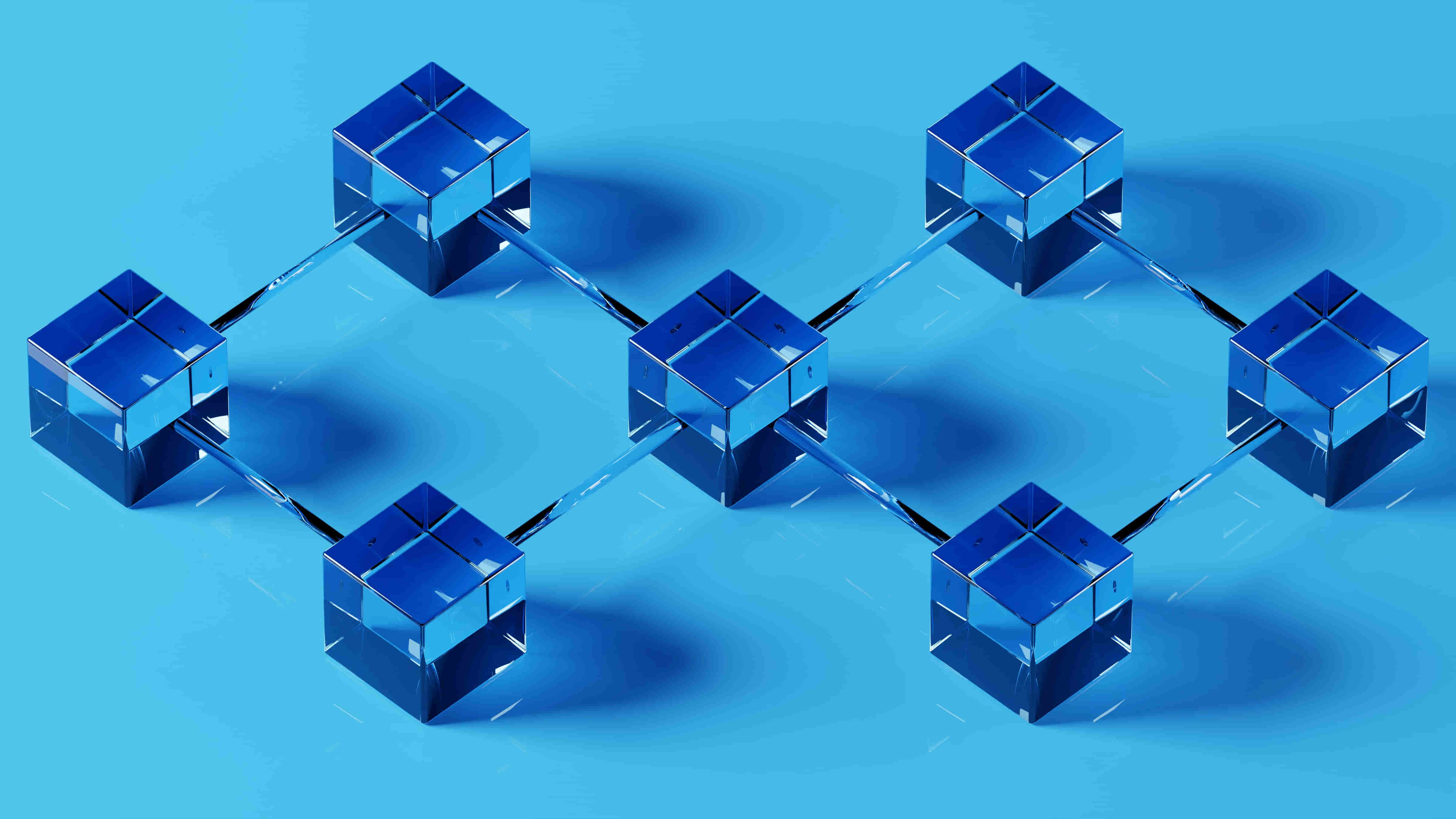Decentralized Finance (DeFi) is a financial ecosystem built on blockchain technology that eliminates traditional intermediaries like banks. It does this primarily through peer-to-peer transactions and automated smart contracts. DeFi operates on open-source, permissionless networks (e.g. Ethereum) allowing anyone with an internet connection to access services such as lending, borrowing, trading, and earning interest 24/7. By shifting control from centralized institutions to transparent, code-driven protocols, DeFi democratizes financial systems, reduces costs, and increases accessibility for the 1.7 billion unbanked individuals worldwide.
DeFi is best understood by what it is not
To truly understand DeFi, we must first look at TradFi: the traditional centralized financial system it seeks to replace. TradFi represents the conventional financial infrastructure where transactions, decisions, and services are managed through centralized entities such as banks, financial institutions, and governments.
Traditional Centralized Finance Institutions
The centralized financial landscape is dominated by several key players. Commercial banks are the primary gatekeepers, controlling deposit accounts, loans, and payment processing. Investment banks facilitate complex financial transactions, securities trading, and corporate financing. Central banks, such as the Federal Reserve, wield enormous power by controlling monetary policy and influencing everything from inflation rates to employment levels. Insurance companies, credit card processors, stock exchanges, and regulatory bodies like the Securities and Exchange Commission complete the sprawling ecosystem.
Careers and Roles in Traditional Finance
The traditional banking sector employs millions of professionals across various specialized roles. Traders execute transactions involving bonds, currencies, stocks, and options. Risk managers analyze and manage institutional risk. Investment analysts research market opportunities, while fund managers oversee investment portfolios. Financial advisors guide individual clients, compliance officers ensure regulatory adherence, and operations analysts maintain system efficiency. These roles, while essential to the current system, represent layers of human intermediaries that add costs and complexity to financial transactions.
Fundamental Issues with Centralized Finance
Centralized finance suffers from numerous problems. The concentration of power within a small number of institutions creates risks, as demonstrated during the 2008 financial crisis. The system is rife with transaction inefficiencies.
High transaction costs burden both businesses and consumers, with retailers commonly facing 3% fees for credit card transactions, costs that are inevitably passed on to consumers through higher prices. Limited accessibility remains a critical issue, as an estimated 1.7 billion adults globally lack access to basic banking services. The traditional system also lacks transparency, with private corporations rarely granting users visibility into their operations. Furthermore, centralized control can lead to restrictions on financial freedom, where institutions can freeze accounts, deny services, or impose limitations without user consent.
The first DeFi projects
The DeFi ecosystem traces its roots to several pioneering projects that laid the foundation for today's decentralized financial infrastructure. While Bitcoin, created in 2009 by Satoshi Nakamoto, can be considered the first step toward decentralized finance by enabling peer-to-peer digital payments, the true DeFi revolution began with the launch of Ethereum in 20157.
MakerDAO stands as one of the most significant early DeFi projects. Founded in 2014 by Rune Christensen, MakerDAO introduced the concept of a decentralized stablecoin through its DAI token8. The project launched its first version of DAI in 2015, allowing users to generate the stablecoin by locking up Ether as collateral. This innovation solved a critical problem in the cryptocurrency space by providing price stability while maintaining decentralization.
Uniswap emerged as another cornerstone of the DeFi ecosystem. Created by Hayden Adams in 2018, Uniswap introduced the automated market maker (AMM) concept to decentralized trading. Unlike traditional exchanges that rely on order books, Uniswap uses liquidity pools where users can trade tokens directly without intermediaries. This innovation made decentralized trading more accessible and efficient, establishing Uniswap as the leading decentralized exchange protocol.
Aave (originally ETHLend) represents the evolution of DeFi lending protocols. Launched in November 2017 by Stani Kulechov, the platform initially operated as a peer-to-peer lending service before transforming into Aave in January 2020. Aave introduced pooled liquidity models that allowed lenders to earn interest and borrowers to access funds instantly, solving the scalability issues of peer-to-peer matching. The platform also pioneered flash loans, uncollateralized loans that must be repaid within a single blockchain transaction.
How you can make (and lose) money in DeFi
DeFi offers numerous opportunities for generating passive income, though each comes with a varying degree of risk.
Lending and Borrowing
DeFi lending allows users to deposit digital assets into lending pools and earn interest on their deposits. Lenders become liquidity providers, earning yields that often exceed traditional banking rates because borrowers pay higher interest rates and there are no intermediary fees. Borrowers can access capital by providing collateral in other digital assets, allowing them to maintain exposure to their holdings while accessing liquidity. However, if collateral values fall below required thresholds, positions may be liquidated automatically.
Staking
Staking involves locking cryptocurrency assets into smart contracts to support blockchain networks. Participants validate transactions and maintain network security while receiving compensation in the protocol's native tokens. Staking offers a relatively passive income stream, similar to earning interest on deposits, but carries risks including validator penalties (slashing), smart contract vulnerabilities, and potential token value volatility.
Liquidity Provision
Liquidity pools represent collections of cryptocurrency tokens locked in smart contracts that enable decentralized trading11. Users can become liquidity providers by depositing equal values of token pairs (such as ETH/USDC) into these pools. In exchange, they receive trading fees generated by users who swap tokens through the pool. Automated Market Makers (AMMs) use mathematical formulas to determine asset prices and facilitate trades. While potentially profitable, liquidity providers face impermanent loss risks when token prices diverge significantly from their initial ratios.
Yield Farming
Yield farming represents the most sophisticated and potentially rewarding DeFi strategy, involving depositing tokens into liquidity pools to earn protocol governance tokens as rewards. Yield farmers often employ complex strategies, moving assets between protocols to maximize returns and compound earnings. This practice can generate substantial yields, with some protocols offering annual percentage yields (APYs) significantly higher than traditional investments. However, yield farming carries the highest risks, including smart contract vulnerabilities, protocol exploitation, extreme volatility, and potential total loss of invested capital.
A layman’s guide to how DeFi works
Understanding DeFi requires grasping two fundamental technologies: blockchain and smart contracts. Think of blockchain as a digital ledger that records all transactions across multiple computers. Unlike traditional banking systems where one institution controls the records, blockchain distributes these records across thousands of computers worldwide, making the system transparent and nearly impossible to manipulate.
Smart contracts are the backbone of all applications in DeFi. These are self-executing digital agreements where the terms are written directly into code. When predetermined conditions are met, the contract automatically executes without human intervention. For example, if you lend money through a DeFi protocol, a smart contract automatically calculates and pays you interest without requiring a bank employee to process the transaction.
Decentralized Applications (dApps) provide the user interface for interacting with DeFi protocols. These applications run on blockchain networks like Ethereum and can be accessed through browser extensions such as MetaMask. Users need only a digital wallet to participate – no account applications, credit checks, or personal information required.
The process works seamlessly: users connect their wallets to dApps, deposit cryptocurrency into smart contracts, and the protocol automatically manages lending, borrowing, or trading activities. Interest rates adjust automatically based on supply and demand, transactions occur peer-to-peer without intermediaries, and all activities remain transparent and auditable by anyone.
The Future of Finance
DeFi represents more than a technological innovation; it embodies a fundamental reimagining of financial systems. DeFi prioritizes accessibility, transparency, and user empowerment. With nearly $60 billion already deposited into Ethereum-based DeFi protocols, the ecosystem demonstrates remarkable growth and adoption. The technology addresses global challenges, potentially providing financial services to the 1.7 billion unbanked adults worldwide while reducing costs, increasing efficiency, and eliminating geographical barriers to financial participation4. As blockchain technology matures and regulatory frameworks evolve, DeFi is positioned to reshape the financial landscape, creating more open, fair, and inclusive markets accessible to anyone with an internet connection. The future of finance is decentralized, programmable, and built for global participation.





